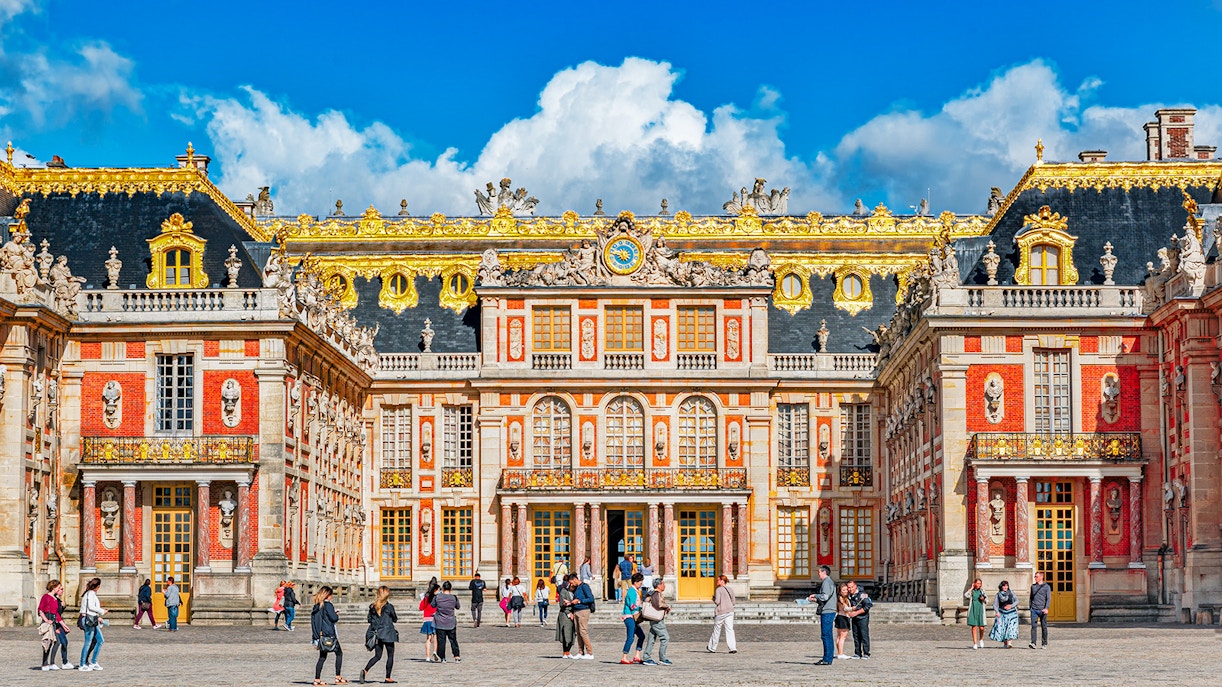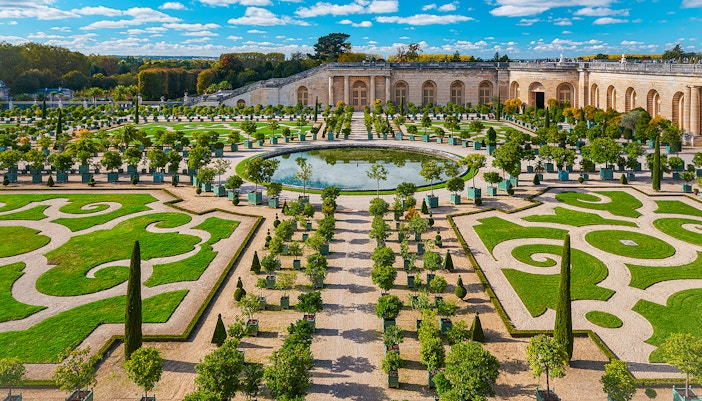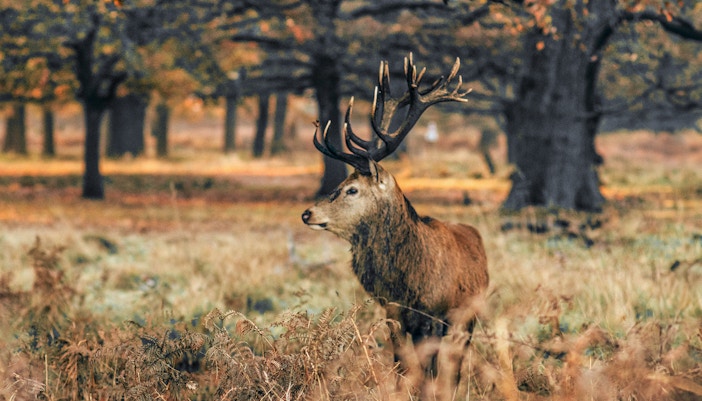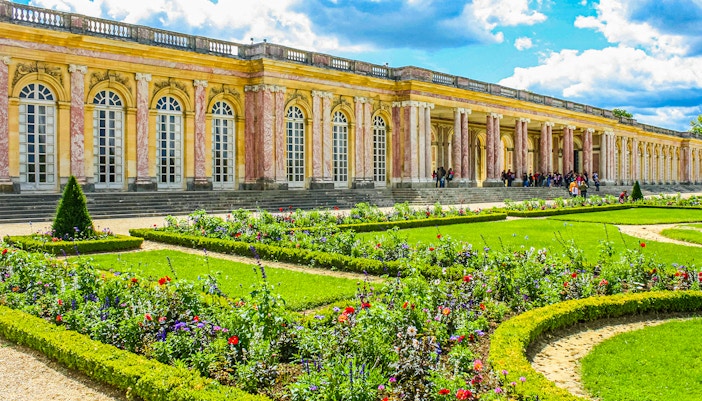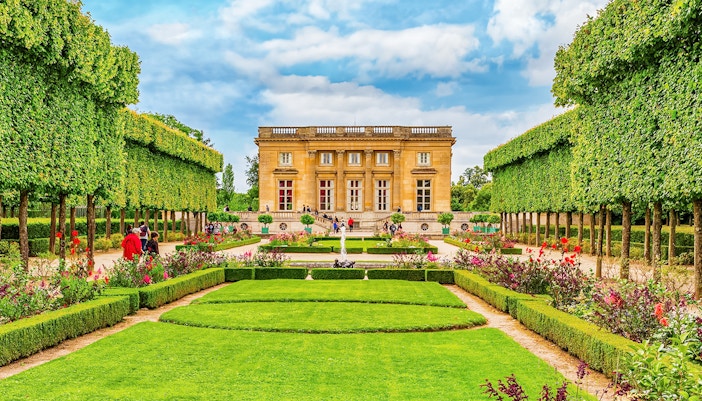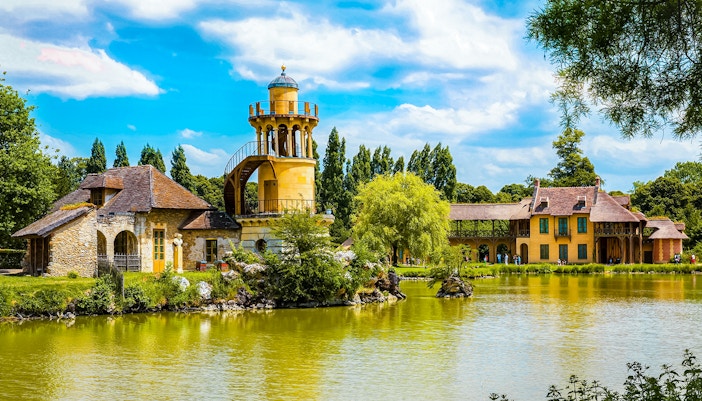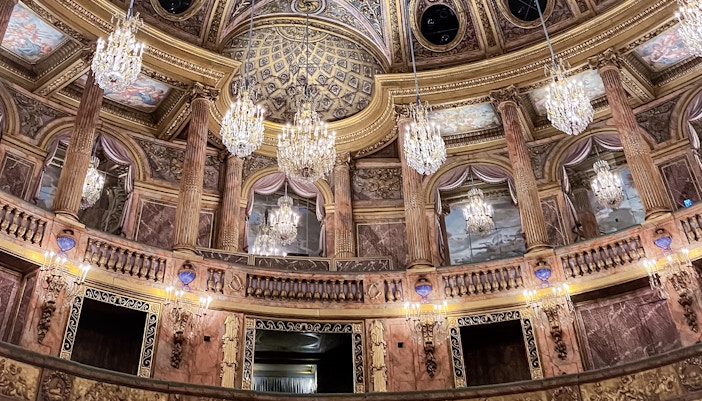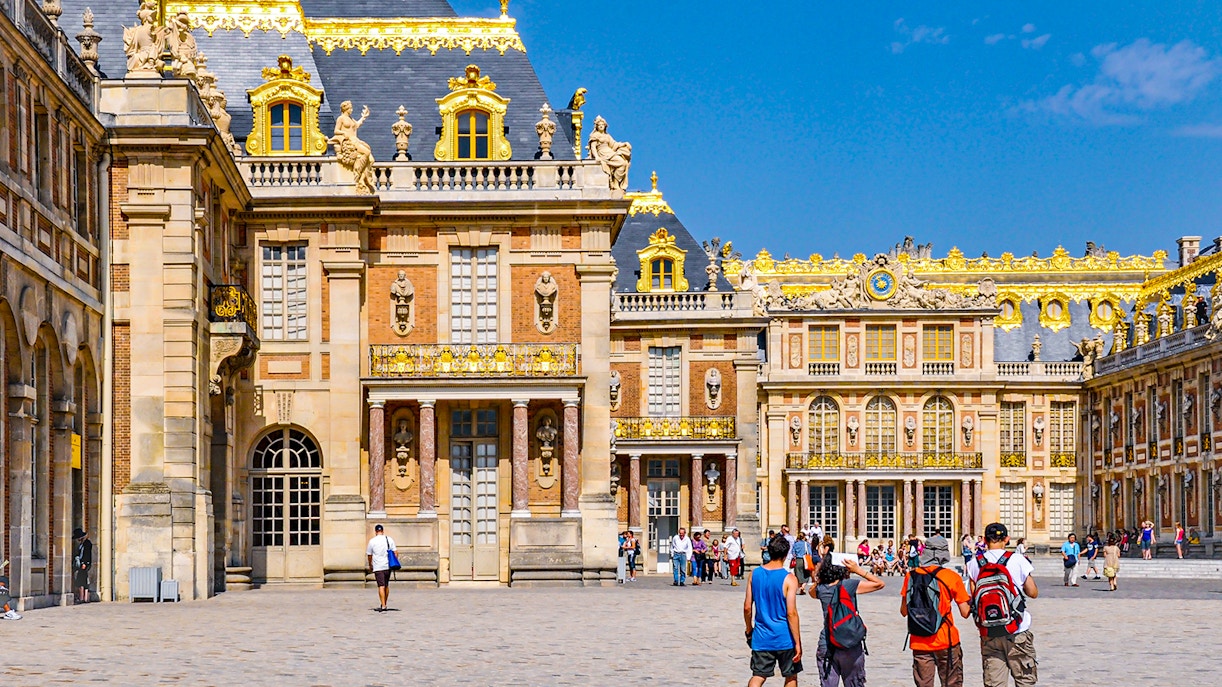The estate of Versailles, an emblem of French grandeur, comprises the magnificent palace, its subsidiary buildings, and sprawling park and gardens, covering an impressive 800 hectares. Established as a hunting retreat by Louis XIII, it was transformed by Louis XIV into a vast domain with a Grand Parc of 15,000 hectares and exquisite gardens spanning 1,700 hectares. The meticulous landscape architecture, including terraces and water features, showcases the ingenuity employed to create this masterpiece. The Versailles estate's historic significance and architectural marvels are pretty fascinating to learn about!

